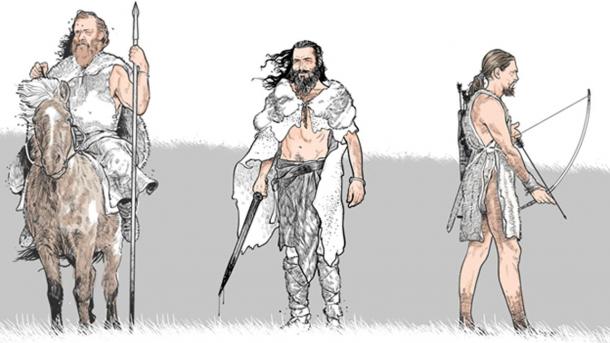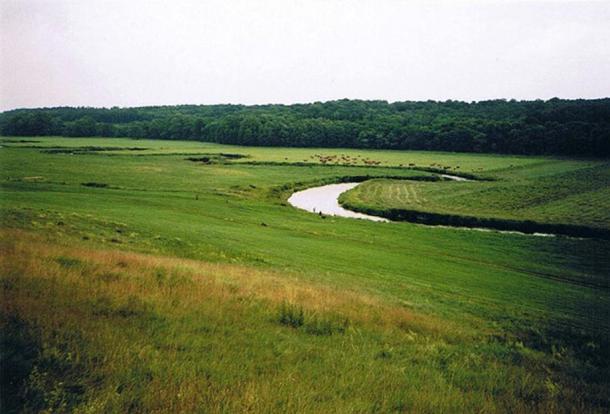Two armies clashed at a river crossing near the Baltic Sea, about 3200 years ago.
Why did so much military force converge on the narrow Tollense Valley? The size of the site and remains found so far suggest a warrior class of 4,000 people from across Europe.
Geomagnetic surveys in 2013, revealed evidence of a 120 meter long bridge or causeway stretching across the valley. The submerged structure was made of wooden posts and stone. Radiocarbon dating showed that although much of the structure predated the battle by more than 500 years, parts of it may have been built or restored around the time of the battle, suggesting the causeway had been in continuous use for centuries.
From the scale and brutality of the battle to the presence of a warrior class wielding sophisticated weapons, the Tollense Valley could be the first evidence of a turning point in social organization and warfare in Europe.

Around 3200 years ago was a an era of significant upheaval from the Mediterranean to the Baltic. The scattered farmsteads of northern Europe gave way to concentrated, heavily fortified settlements, once seen only to the south. The sophisticated Mycenaean civilization collapsed and in Egypt, pharaohs boasted of besting the “Sea People,” marauders who toppled the Hittites.
Source: Unexpected and Gruesome Battle of 1250 BC Involved 4,000 Men from Across Northern Europe
